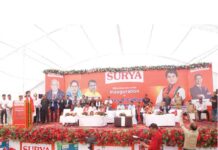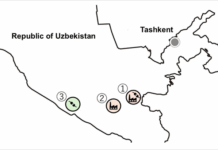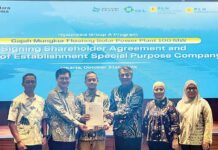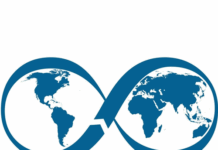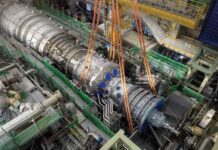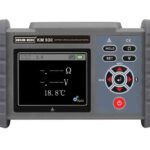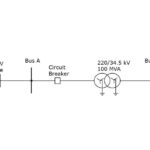
The burgeoning need for capacitors is predicted to accelerate the expansion of the electrolytic capacitor market. These capacitors, which are electronic elements with two terminals and the capacity to conserve power in the form of an electrical charge, are utilized in DC power supply circuits due to their considerable capacitance. This aids in reducing voltage and its fluctuations.
Global Trade magazine reported in February 2022 that the largest capacitor import markets were China and Hong Kong, contributing $8.8 billion and $5.4 billion respectively, followed by Germany with $2 billion. Similarly, data from the Observatory of Economic Complexity, developed by the Macro Connections group at the MIT Media Lab, showed that electrical capacitor exports surged by 23.7%, ascending from $28.4 billion to $35.1 billion between 2020-2021. Therefore, the escalated demand for capacitors is fueling the electrolytic capacitor market’s growth. Asia-Pacific was the largest region in the electrolyte capacitor market in 2024.
Growth projection
The market projection indicates an increment from $7.58 billion in 2024 to $7.9 billion in 2025, with a Compound Annual Growth Rate (CAGR) of 4.3%. Factors such as the expansion of the electronics industry, rising demand for capacitors in electronic devices, increasing needs for energy storage and power supply, amplified industrial and automotive applications, and the miniaturization trend in electronics have contributed to the growth witnessed in the historical period.
In the coming years, the market size of the electrolytic capacitor is anticipated to experience steady expansion, with an estimated value of $9.81 billion by 2029, growing at a Compound Annual Growth rate (CAGR) of 5.6%. Factors contributing to growth in the anticipated timeline include the proliferation of 5G technology, the burgeoning market for Electric Vehicles (EV), rising electronics adoption in emerging markets, incorporation of renewable energy, and global market growth. Trends expected during this period encompass the integration of capacitors in power electronics, innovation in capacitor design, environment-friendly capacitors, miniature capacitors designed for wearables and IoT, along with strategic alliances.

Trends to drive the future success
Technological innovation is emerging as a leading trend in the electrolytic capacitor market. Key players in this market are endeavouring to devise novel technological solutions to fortify their standing. For instance, in October 2022, Nippon Chemi-Con Corporation, which is based in Japan and produces capacitors and various other electronic parts, introduced the KHU/LHU series of snap-in aluminium electrolytic capacitors.
The KHU Series is designed to ensure 3,000 hours at 105°C, while the LHU Series aims to deliver 5,000 hours at 105°C. These capacitors facilitate the smoothing of power supply input, thereby supporting the miniaturization and endurance of changing energy sources and general-purpose inverters. Snap-in type aluminium electrolytic capacitors are primarily employed in power supply smoothing circuits. The freshly engineered LHU Series and KHU Series manage to attain enhanced capacitance for the current 475V and 500V KHS/LHS Series products, without compromising on longevity. Notably, when contrasted with the existing series, capacitance per volume can be boosted by up to 60%.
Prominent market players today
Major companies operating in the electrolytic capacitor market include: Nippon Chemi-Con Corporation; Nichicon Corporation; Nantong Jianghai Capacitor Co. Ltd.; Rubycon Corporation; SamYoung Electronic Co. Ltd.; TDK Electronics AG; Panasonic Corporation; Capxon Electronic Industrial Co. Ltd.; Lelon Electronics Corp.; Vishay Intertechnology Inc.; KEMET Corporation; Man Yue Technology Holdings Limited; Samwha Capacitor Group; Alcon Electronics Pvt. Ltd.; Coany; Jianghai Capacitor Co. Ltd.; NIC Components Corp.; Hitano Enterprise Corp.; Taiwan Chinsan Electronics Industrial Co. Ltd.; Illinois Capacitor Inc.; Cornell Dubilier Electronics Co.; Murata Manufacturing Co. Ltd.; AVX Corporation; Würth Elektronik GmbH & Co.; Elna Co. Ltd.; ROHM Semiconductor Pvt. Ltd.; Shanghai Yongming Electronic Co. Ltd.; and Exxelia Group.
For further information: https://bit.ly/3Fn32f1



